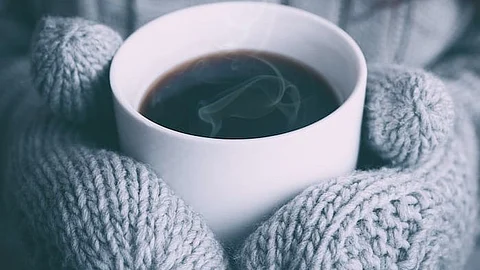But you don’t necessarily want to keep the shades closed all day—open shades during the sunniest part of the day to let in the sun’s natural warmth, Kaltreider said.
To address air leakage in general, make sure to check around windows, doors, and other spots in the home where air can leak in or out, such as where plumbing, ducting, or electrical wiring comes through exterior walls, floors, or ceilings. Add weather stripping or caulk to seal any holes where hot air can seep out.
One caveat to note: be wary of how much moisture you’re creating inside a well-sealed home. Activities like cooking, hanging wet clothes to dry, or using an unvented gas fireplace can increase interior moisture, said Theresa Gilbride, a building efficiency researcher at PNNL. Moisture seeping into walls, ceilings, or floors can encourage mold growth and cause wood to rot.


